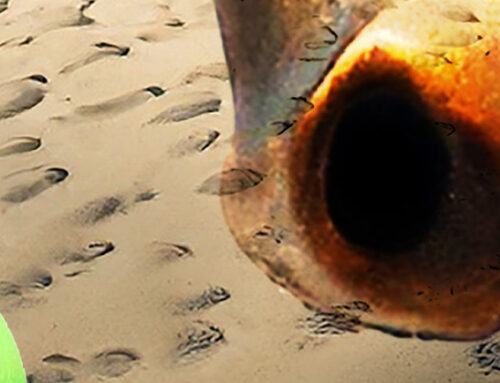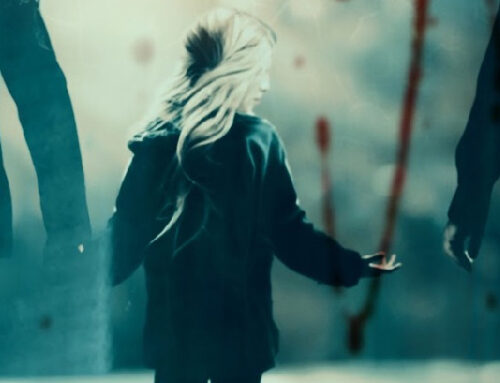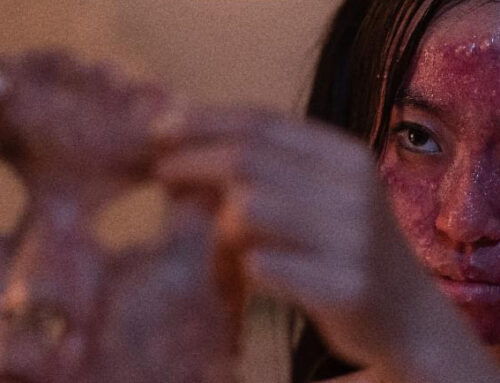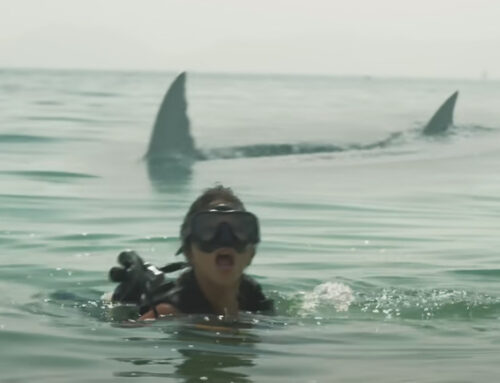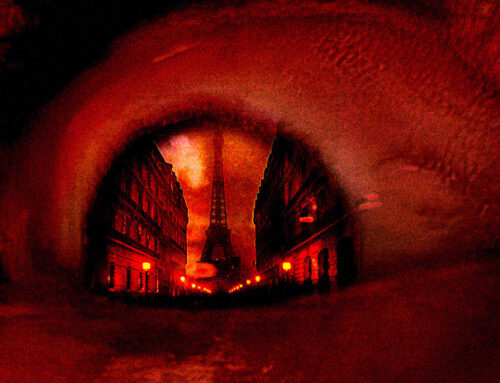The Miskatonic Institute of Horror Studies is the world’s longest-running educational organization devoted to the study of horror history, theory, and production. The LA branch is pleased to announce the Spring 2019 lineup of classes, led by some of the genre world’s most renowned critical, literary and filmmaking luminaries and taking place at the storied occult school The University of Philosophical Research in Los Feliz.
Kicking off the series is a history of the Made-for-TV horror film; the 80s literary phenomena ‘Splatterpunk’, led by one of its key writers, John Skipp; a deep dive into the dummy-death on film; and finally, a masterclass with British horror and sexploitation director Pete Walker (Frightmare, House of Whipcord, Cool it Carol!).
Students can buy full semester passes, available via our registration page HERE, or tickets to individual classes. Students who complete both fall and spring semesters in a given year will receive a 2019 diploma and graduation gift in May.
FULL CLASS DESCRIPTIONS FOLLOW BELOW.
February 7: BIG SCARES ON THE SMALL SCREEN: A BRIEF HISTORY OF THE MADE-FOR-TV HORROR FILM
with instructor Amanda Reyes
Although rarely held in high regard by critics, the made for television horror film remains an intriguing artifact of network programming. Any subgenre was up for grabs, and the output was disparate, vast, and surprisingly subversive, often producing a collective memory (or trauma, depending) shared by millions of viewers. The lecture will be a retrospective on the golden age of the telefilm and beyond. This event will be hosted by Amanda Reyes, editor and co-author of Are You in the House Alone? A TV Movie Compendium: 1964-1999.
March 14: IN YOUR FACE TILL YOUR FACE COMES OFF: JOHN SKIPP ON THE HISTORY OF SPLATTERPUNK, AND THE TRIUMPH OF THE OVERT
with instructor John Skipp
In the 1980s, a handful of writers — Clive Barker, David J. Schow, Joe R. Lansdale, and John Skipp & Craig Spector — inadvertently kicked off a seismic shift in literary horror. Less a conscious revolution than a spontaneous eruption of the arts, these restless artists bucked against the constraints of conventional horror, serving up whopping doses of wildly explicit sex, visionary violence, and really loud rock ‘n’ roll, underlying an even more subversive layer of fierce cultural critique.
At the time, it was accused of “coarsening the genre”. And when the 80s horror boom crashed and burned in the 90s, there were those who held splatterpunk responsible. In the years that followed, “extreme horror” fiction paved the way to cinematic “torture porn”. And even network cop shows started showing more graphic onscreen violence that would have gotten an “R” rating a mere fifteen years before.
Best-selling novelist, award-winning book editor, and filmmaker John Skipp conducts a crazy three-hour tour through a history of horror’s most hilariously-named subgenre. The forces that shaped it. And the forces it has shaped, as we enter the fresh horrors of the 21st century.
April 11: DESTRUCTIBLE MAN: THE DUMMY-DEATH AND CINEMATIC STORYTELLING LANGUAGE
with instructor Howard S. Berger
Prosthetic demise, or the “dummy death” as film historians Howard S. Berger and Kevin Marr refer to it, is a practical cinematic technique wherein an actor portraying a character is replaced by an articulated replica special-effects mannequin at a moment of extreme violence and/or death within a given film’s narrative. This device has been employed by filmmakers all over the world, at every level of production and in every genre since the dawn of the cinematic medium.
This overall approach also levels the cinematic playing field, allowing for an examination of films by directors as disparate as Alfred Hitchcock and William Castle, Francois Truffaut and Al Adamson, Quentin Tarantino and Edwin S. Porter, Steven Spielberg and Shohei Imamura, within the same cinematic, storytelling continuum.
The class will be illustrated by clips from such dummy-death emboldened films like STRAIT-JACKET, SCANNERS, DRACULA VS FRANKENSTEIN, THE BIRDS, 2001 and THE FURY in addition to two crucial silent films: Alfred Clark’s Execution of Mary, Queen of Scots (1895), known to be the first edit in cinema as well as the first dummy-death and The Great Train Robbery (1903), the first complex narrative film and also the first dummy-death within a complex narrative film. It will also take a look at how these repercussive Destructible Man effects imprint on films that do not have any dummy-deaths (an example: Edward Dmytryk’s MIRAGE, 1965) as well as comedies where characters transform into dummies and do not suffer death (an example: Stanley Kramer’s IT’S A MAD, MAD, MAD WORLD).
May 9: LIVE FROM MISKATONIC: PETE WALKER IN CONVERSATION
with special guest speaker Pete Walker
Miskatonic is proud to present an evening in conversation with the great British horror and sexploitation director Pete Walker.
Starting out in softcore sex shorts in the 1960s before turning to features in 1968 with films like The Big Switch, School of Sex and his breakthrough, Cool it Carol! in 1969, Walker then self-financed a decade of brilliant horror and terror films including Die Screaming Marianne (1971), The Flesh and Blood Show (1972), House of Whipcord (1974), Frightmare (1974), The Confessional (1976), Schizo (1976), The Comeback (1978) and House of the Long Shadows (1983), with the odd sexploitation film still peppered in, such as Tiffany Jones (1973) and Home Before Midnight (1979).
Walker’s work was often critically reviled in its day – even while being immensely successful commercially – although some astute critics did note their sophisticated subtexts, often dealing with double lives and the sadism of conservative authority figures who dole out various degrees of punishment to their younger, less repressed counterparts, who they see as vulgar or sinful. Thanks to the combination of enthusiastic British horror journalists and zine writers, the FAB Press release of Steve Chibnail’s book Making Mischief: The Cult Films of Pete Walker in 1998, and the reissue of several of Walker’s films by Anchor Bay in 2005, and more recently on horror streaming service Shudder, he has thankfully staked his place in the horror pantheon.
Walker will discuss being an upstart in an uptight industry, making a horror icon out of elderly Scottish actress Sheila Keith, turning communion wafers into weapons in The Confessional, working with horror giants Christopher Lee, Peter Cushing, Vincent Price and John Carradine on House of the Long Shadows, his ill-fated Sex Pistols documentary, and so much more.
For more information on the individual seminars, speakers, and the Miskatonic Institute, click here.
The Miskatonic Institute of Horror Studies – LA
Venue: The University of Philosophical Research
Address: 3910 Los Feliz Blvd, Los Angeles

